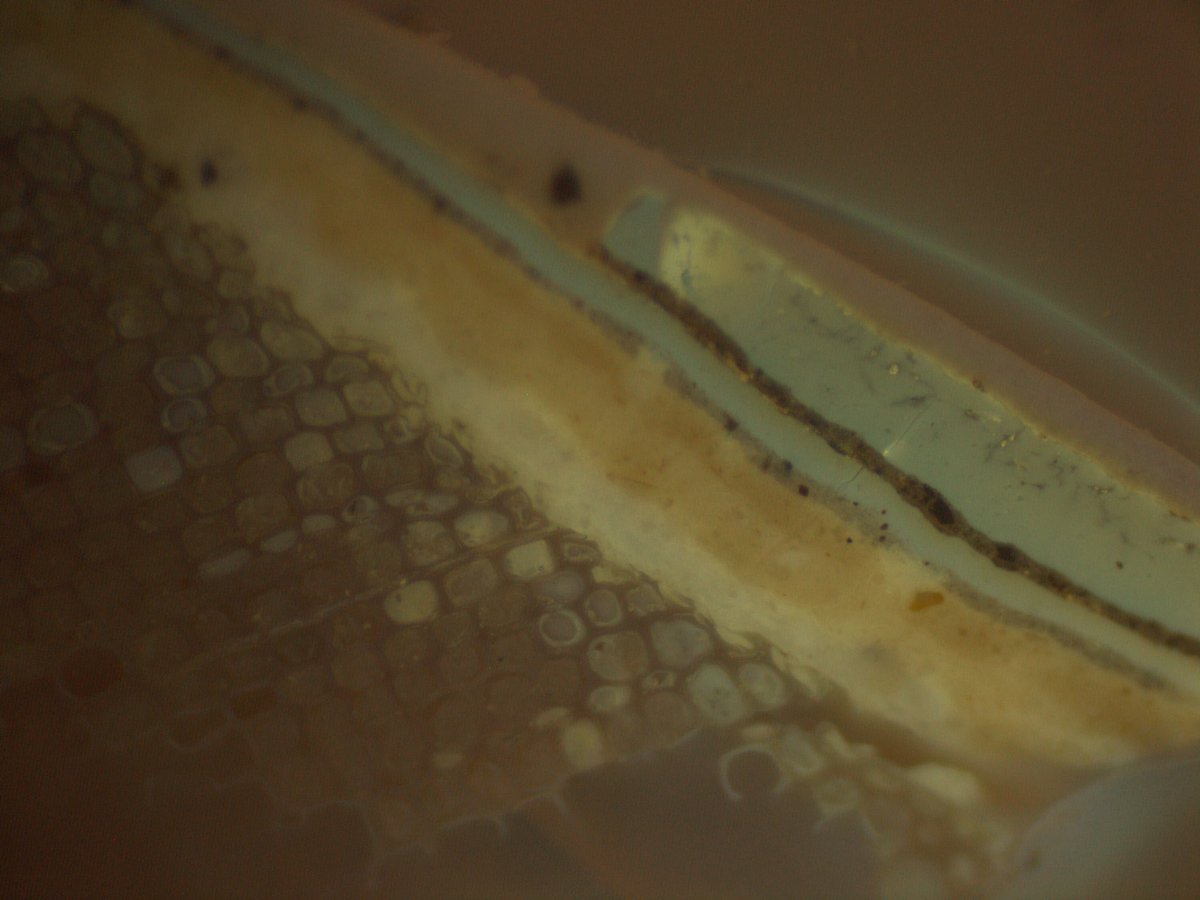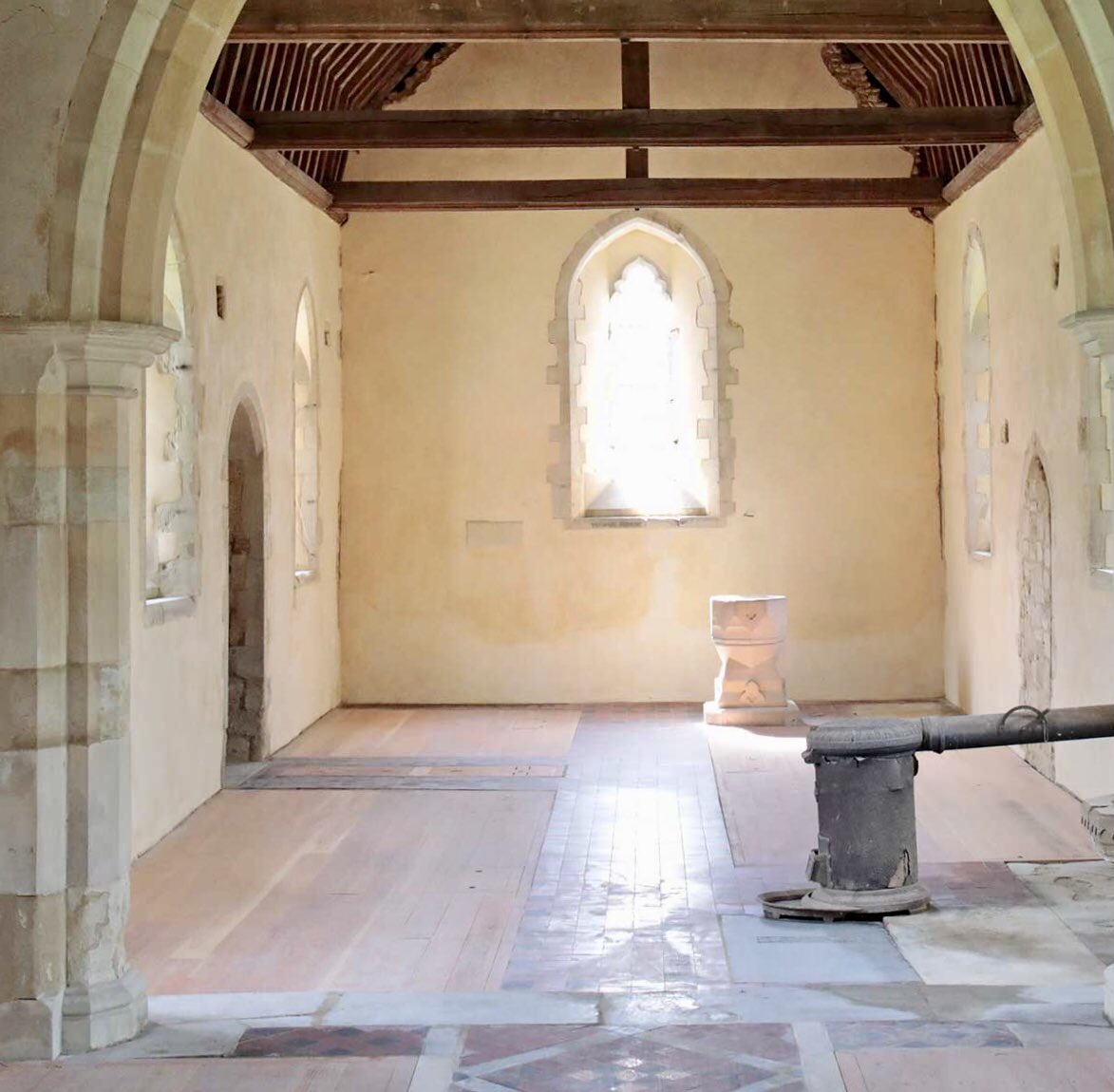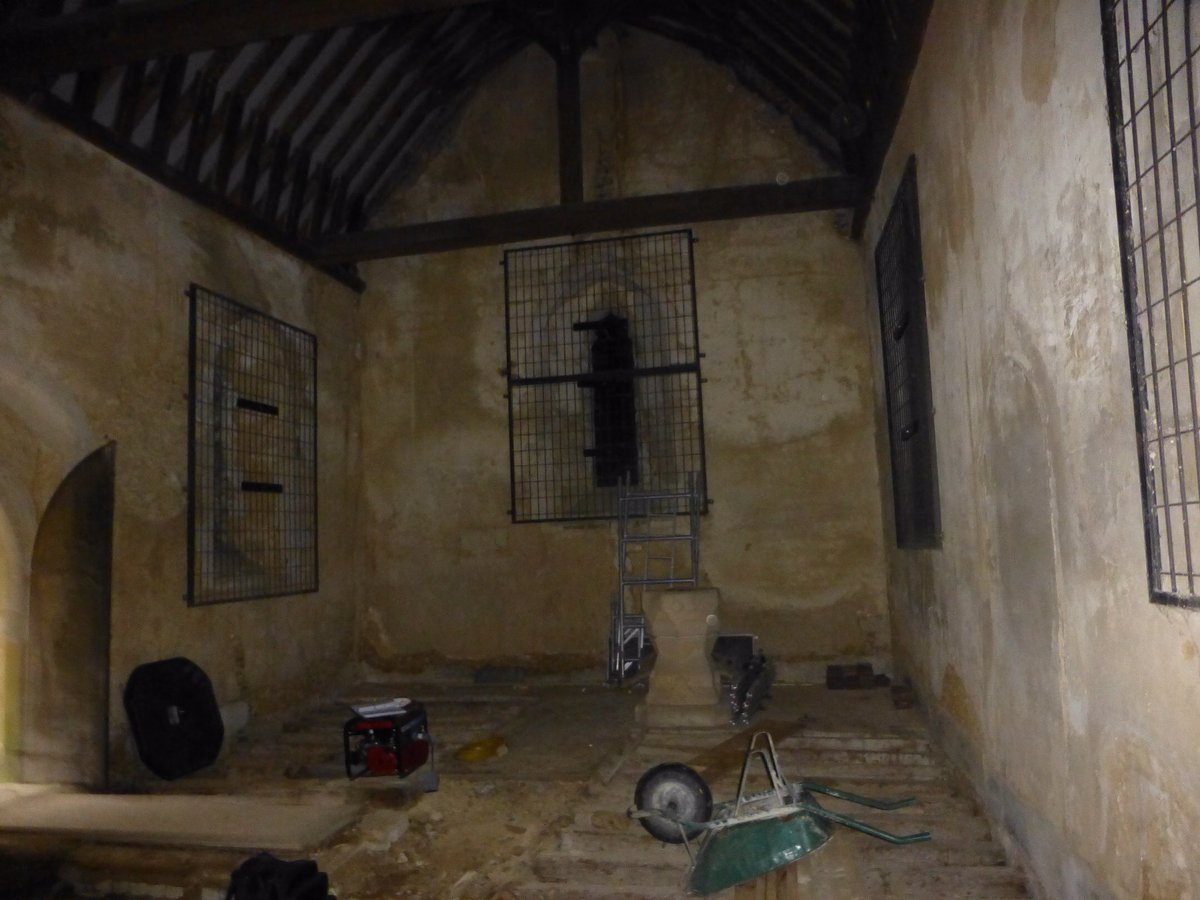
The scorching weather in much of the UK right now reminds us of one effect of a similar heatwave in 2018:
At old St Matthew's, Lightcliffe, volunteers researching the churchyard identified several unmarked burials; due to drought conditions they showed up clearly in drone footage
At old St Matthew's, Lightcliffe, volunteers researching the churchyard identified several unmarked burials; due to drought conditions they showed up clearly in drone footage

Although very dry weather can be a short-term boon to archaeologists, hot and dry conditions can be detrimental to historic buildings and to archaeological sites.
For example, extreme temperature fluctuations can cause structural instability, and drought can lead to soil shrinkage, which can cause subsidence.
If you're affected by the hot weather this week, please stay safe and cool. Hopefully some rain is on its way.
p.s. If you enjoy #archaeology, check out the @archaeologyuk #FestivalOfArchaeology. Events over the next 2 weeks include lots of historic church-related talks and activities — from a photogrammetry workshop to guided walks, exhibitions and online talks. archaeologyuk.org/festival.html
P.p.s. Learn about the burials in St Matthew’s churchyard at the fantastic website of The Friends of St Matthew’s Churchyard, Lightcliffe
lightcliffechurchyard.org.uk
lightcliffechurchyard.org.uk
• • •
Missing some Tweet in this thread? You can try to
force a refresh


























